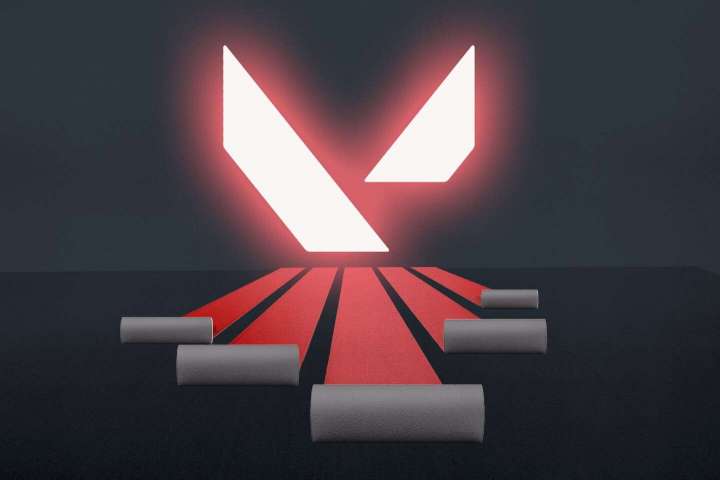“Valorant’s” tier two system, called the Challenger circuit, will culminate in regional end-of-year tournaments granting winners access to the game’s international leagues, according to an announcement by Riot Games. The rollout of new information Tuesday — which includes a six-year calendar as well as details about broadcast windows, production and the 21 inaugural Challenger leagues — comes after a spate of teams announced they would be suspending participation in the “Valorant” ecosystem following the teams’ failure to secure a partnership slot in the esport’s exclusive international leagues.
‘Valorant’ reveals path for tier-2 teams into international leagues

In 2023, Riot will launch its Challenger circuit with 21 regional leagues dotting the Americas, Europe and the Middle East (also called EMEA), and Asia-Pacific. These leagues’ seasons will begin with open qualifiers; the best teams will advance to two splits of several-week-long play, ending with a playoff tournament. Riot promised comparable production to international league broadcasts, as well as schedules for the “biggest” leagues that will not conflict with international league play. Some league broadcasts will be run by Riot, others by third parties.
At the end of the Challengers competitive year, the three overarching territories (the Americas, Europe and the Middle East, and Asia-Pacific) will host a new tournament, Challengers Ascension. The winners of these three events will be granted two-year access to their corresponding international league. They will also enjoy the benefits conferred to partnered teams, including an annual stipend and the opportunity to collaborate with Riot on in-game events and branded products.
Riot did not specify how teams would qualify for the Challengers Ascension events.
“The exact mechanism, quantity of teams per league, and formats may differ from territory to territory as each of the Americas, EMEA, and Pacific have a different quantity of leagues,” said Anton Ferraro, global communications lead for “Valorant” esports. “We plan to provide additional information on this topic later on in the year or in early 2023.”
After two years of participation, teams that ascend to the international leagues after winning an Ascension event are relegated back to the Challengers ecosystem. For now, there are “no plans” for additional partnership slots, according to Whalen Rozelle, head of esports operations at Riot.
Starting in 2025, the top two teams — instead of just one winning roster — at each territory’s Ascension event will be granted access to their corresponding international leagues.
In a statement to The Washington Post, Rozelle explained that roster protections — similar to those in place for “League of Legends” esports — would be instituted across the international leagues. These protections will help safeguard Challengers teams that make it to the international leagues from having all their talent poached by partnered teams.
“Contracts, roster composition, and player transfer windows will be standardized,” Rozelle said. “Teams that violate these rules will face a variety of escalating penalties.”
When asked about Riot’s stance toward rosters on track to Ascension with problematic leadership teams, partners and sponsors, Rozelle said the developer would be keeping a close eye on participating organizations.
“Teams who advance to the Ascension tournament will need to adhere to Riot’s rules and regulations,” Rozelle wrote. “We’ll be working closely with teams, ownership groups, and our regional leads to make sure all of our expectations are understood in advance.”
Since the April announcement of the partnership system, a number of teams have announced their withdrawal from the game’s esport ecosystem. Some, like Shopify Rebellion, applied and were rejected.
“We’re obviously disappointed,” read a tweet from Shopify Rebellion after the team’s application was turned down. “A popularity contest for a woefully small number of team slots in a partnered league was always going to leave too many on the outside looking in.”
Others organizations, like Luminosity Gaming, opted out of the process in advance, assessing their chances of entry as too low. At the time, Luminosity said it would wait and see if other opportunities to enter the “Valorant” ecosystem arose. Tuesday’s introduction of the Challenger circuit may be just that chance for the many organizations denied access to Riot’s partnered international league.






